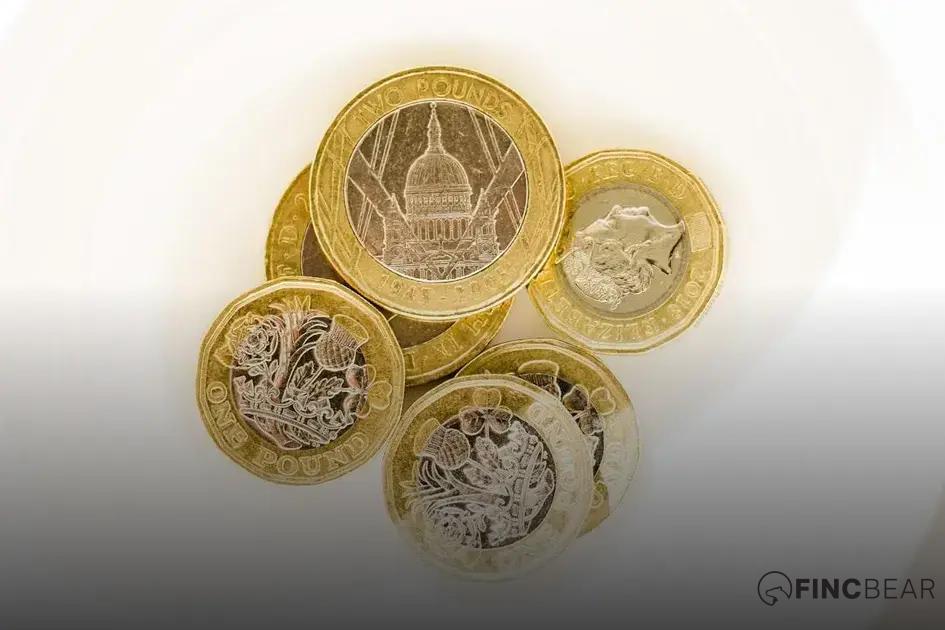Ethereum 2.0 represents a major upgrade in blockchain technology, especially for investors. Transitioning from a proof-of-work (PoW) to a proof-of-stake (PoS) consensus mechanism, Ethereum 2.0 promises enhanced scalability, security, and energy efficiency. These changes can significantly impact investors’ decisions, making it crucial to understand the nuances of Ethereum 2.0. Keep reading to find out the key features, potential risks, and opportunities this transition holds for you.
Understanding Ethereum 2.0
Ethereum 2.0, often referred to as ETH 2 or Serenity, marks a significant evolution in the Ethereum blockchain’s structure and efficiency. This upgrade aims to address critical issues present in the current Ethereum network, primarily scalability and security.
One of the most critical transitions involved in Ethereum 2.0 is the shift from proof-of-work (PoW) to proof-of-stake (PoS). In PoW systems, like the one presently used by Ethereum, miners solve complex mathematical problems to validate transactions and create new blocks. However, this method requires enormous computational power and energy consumption.
To mitigate these concerns, Ethereum 2.0 adopts PoS, where validators are chosen to create new blocks and verify transactions based on the number of coins they hold and are willing to ‘stake’ as collateral. This change not only significantly reduces energy consumption but also lowers the barrier to entry for becoming a network participant.
Ethereum 2.0 is not an immediate switch but a multi-phase deployment aimed at ensuring network stability and integrity. Phase 0 introduced the Beacon Chain, laying the groundwork for PoS. The Beacon Chain runs parallel to Ethereum’s current network, setting the stage for eventual integration.
In subsequent phases, Ethereum’s main blockchain will merge with the Beacon Chain, bringing full PoS to the existing network. Later phases involve ‘shard chains’ to improve Ethereum’s transaction throughput, enabling the network to handle vastly more transactions per second.
The implications of Ethereum 2.0 extend beyond mere technical improvements. The enhanced efficiency and security bolster Ethereum’s position as a leading blockchain platform, attracting more developers and projects. As decentralized finance (DeFi) and other blockchain applications expand, the demand for networks that can support large-scale, secure transactions will only grow.
Ethereum 2.0 therefore plays a pivotal role in shaping the future landscape of blockchain technology and its applications, providing a robust foundation for innovation and adoption in multiple sectors.
Key Features of Ethereum 2.0

- Proof of Stake (PoS): Ethereum 2.0 shifts from a Proof of Work (PoW) consensus mechanism to Proof of Stake (PoS). This means that instead of miners competing to solve mathematical puzzles, validators are chosen based on the number of coins they hold and are willing to ‘stake’ as collateral. This change significantly reduces energy consumption and improves the scalability of the Ethereum network.
- Sharding: Sharding is a technique used to partition the Ethereum blockchain into smaller, faster pieces called shards. Each shard is like a mini-blockchain, and this allows transactions to be processed in parallel, rather than sequentially. This leads to a significant increase in transaction throughput and network efficiency.
- eWASM: Ethereum 2.0 introduces Ethereum WebAssembly (eWASM), a new virtual machine designed to replace the existing Ethereum Virtual Machine (EVM). eWASM allows the Ethereum platform to execute code faster and more efficiently, supporting a wider range of programming languages and improving the overall developer experience.
- Security and Finality: With PoS and other upgrades, Ethereum 2.0 aims to enhance security through economic incentives and penalties for validators. It also introduces the concept of ‘finality’ where transactions can be confirmed with greater certainty and speed, reducing the chances of reversed transactions.
- Environmental sustainability: By eliminating the energy-intensive PoW mining process, Ethereum 2.0 is designed to be more eco-friendly, making it a more attractive option for users and businesses concerned about sustainability.
Impact on Investors
Ethereum 2.0 represents a significant upgrade to one of the most prominent blockchain networks. The impact on investors is profound, offering both opportunities and challenges. With Ethereum 2.0, the introduction of proof-of-stake consensus reduces energy consumption and increases efficiency. This new mechanism has the potential to attract more institutional investors who value sustainability in technologies.
Additionally, the enhanced security and scalability of Ethereum 2.0 might offer more confident and robust investment strategies, with potential decreases in transaction fees leading to better margins for frequent traders. Yet, these changes bring new considerations for current investors, who must understand the shifting landscape of rewards and risks, especially as existing proof-of-work miners will need to adapt.
Moreover, Ethereum 2.0’s improved capabilities could lead to a surge in decentralized applications and services, providing investors with a broader and potentially profitable range of projects to consider. However, as with any major upgrade, there might be initial volatility and technical challenges that could impact market perceptions and asset prices in the short term.
Risks and Opportunities

With the advent of Ethereum 2.0, the landscape for investors is rife with both risks and attractive prospects. One significant risk is the complexity involved in transitioning from the current proof-of-work mechanism to a proof-of-stake model. This shift, while promising, carries the risk of technical failures or unforeseen issues in the network’s operations. If these problems arise, they could potentially lead to significant setbacks.
Conversely, Ethereum 2.0 presents numerous opportunities. The enhancement in network scalability and speed can lead to increased adoption among developers and businesses. As more decentralized applications (dApps) and smart contracts utilize Ethereum’s improved capabilities, the demand for its native token, Ether, could potentially rise, thereby increasing its value.
Furthermore, the lower energy consumption due to the switch to proof-of-stake can make Ethereum a more
sustainable choice
for environmentally-conscious investors. This aspect might attract a new demographic of investors keen on minimizing their carbon footprint while participating in the blockchain economy.
Another opportunity lies in the staking returns offered by Ethereum 2.0. Staking could provide investors with a steady stream of income, supplementing other investment returns. However, it is crucial to consider the lock-up period for staked Ether and the associated liquidity constraints. Time-locked Ether cannot be easily cashed out, creating a liquidity risk that investors need to factor into their strategies.
Future of Blockchain Investing
The landscape of blockchain is rapidly evolving, and with the advent of Ethereum 2.0, the doors open even wider for innovative investing opportunities. Implementing Ethereum 2.0 brings about fundamental changes to its network, striving to enhance scalability, security, and sustainability.
Investors looking into the future of blockchain investing must consider these enhancements. As blockchain technology moves beyond its initial years of experimentation, it now offers more efficient platforms. Ethereum 2.0, with its Proof of Stake consensus mechanism, promises a more eco-friendly approach, potentially driving a broader appeal amongst environmentally conscious investors.
As investments in blockchain grow, the importance of understanding long-term scalability and transaction speeds becomes critical. Ethereum 2.0 addresses previous limitations, providing a more robust infrastructure for decentralized applications (dApps) and smart contracts, potentially increasing mainstream use cases that can attract a larger pool of traditional investors.
Furthermore, with the improved security measures in Ethereum 2.0, it can offer an appealing investment vehicle, mitigating some inherent risks historically associated with blockchain. This development opens up new avenues in tokenomics and asset tokenization, adding diversity to investment portfolios.
The future of blockchain investing is about diversification and embracing technology-driven growth. With Ethereum 2.0 leading the charge, investors have an exciting landscape ahead, marked by enhanced possibilities that tap into the untapped potential of the blockchain ecosystem.





